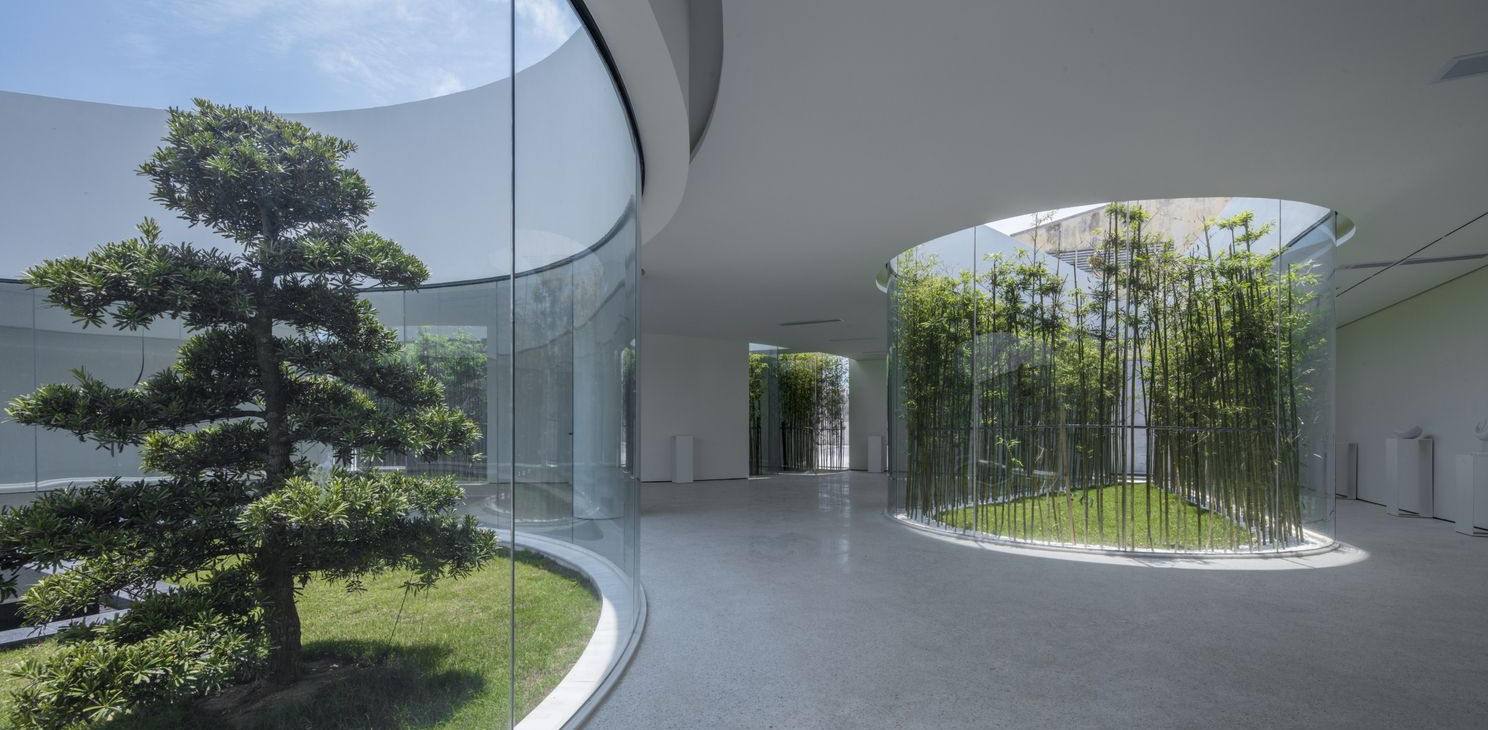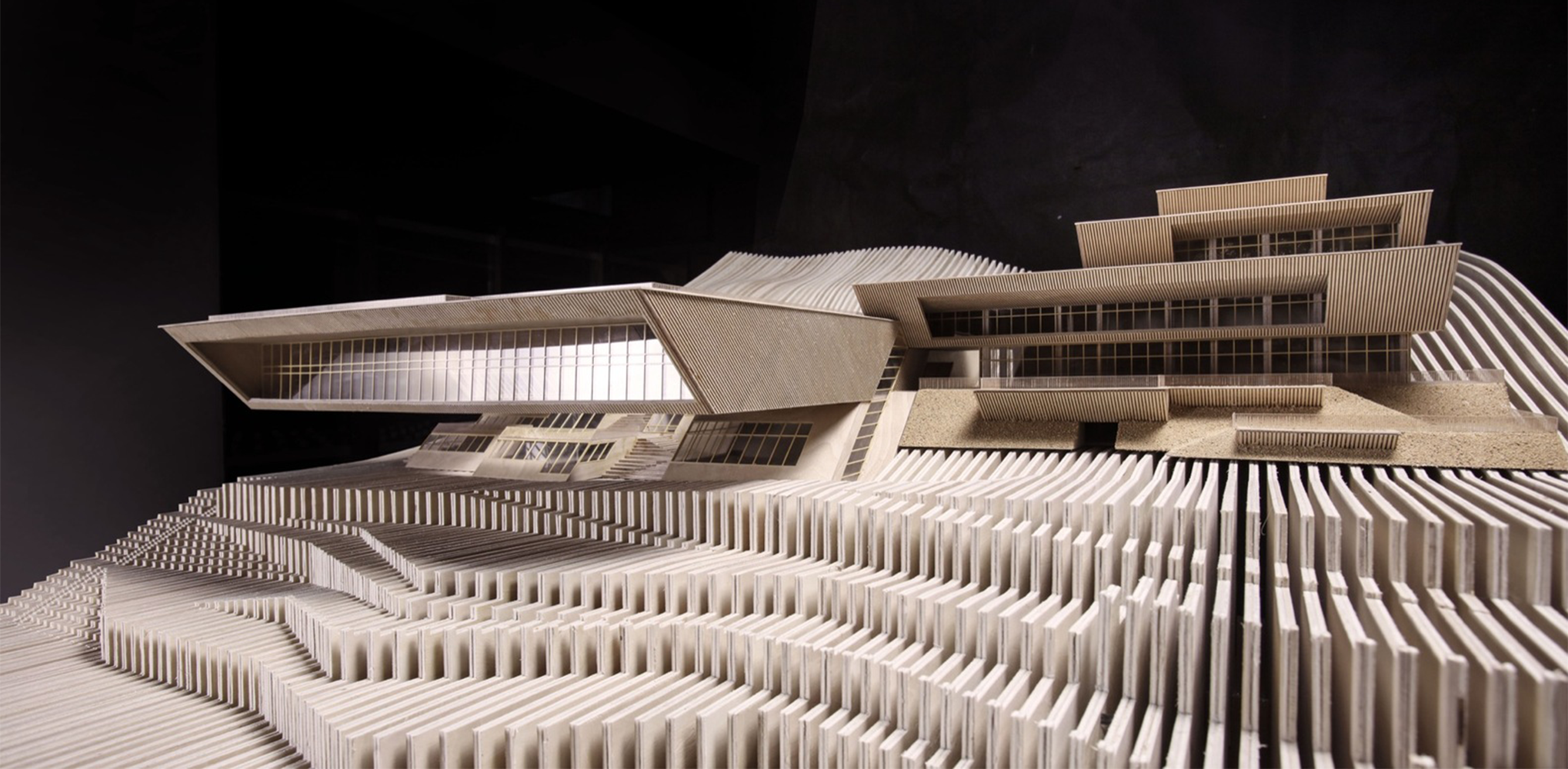The performance artist turned architect Vito Acconci once said that “architecture is not about space, but about time.” There is much to say about this idea; built spaces shape the way we move through the world and organize our days. They also communicate through the years and even centuries as buildings endure long past the generations in which they were constructed.
A good designer needs to consider the impact their work will have on human lives — not just today, but tomorrow and beyond. The best place to start with this is one’s own memories. That is what is so interesting about AXOR’s ‘Places of Memory’ campaign, in which the iconic bathroom and kitchen brand asks their designers to reflect on their “place of memory,” a location that looms large in their imagination, shaping everything they do.
“What makes a place a place of memory?” AXOR asks in an introductory video to the campaign. It’s a good question; some places make an outsized impact on our consciousness while others simply do not.
Getting to the root of this difference is an important task for a firm like AXOR, which is famous for its exacting design standards. AXOR’s principle is “form follows perfection,” which means that “the development process continues until nothing more can be added or removed.” In short, AXOR designers work with an eye toward what is essential, which is a kind of understanding that can only come from deep reflection.
With all of this in mind, let’s see what AXOR’s designers have designated as their “places of memory.”
Philippe Starck
The Earth

It is easy to forget that the Earth is actually a place, not just the backdrop to many different places. Like a building, the Earth is a system with different parts that work together. Also like a building, the Earth requires continual maintenance if it is to withstand the test of time.
Few designers understand this better than Philippe Starck, who considers himself a “global citizen” and who says he spends as much time as he can working “in the middle of nowhere, in the forests, the dunes or the mud.” His great passion is water conservation, and he hopes that people can come to see running water as the miracle it is. “If we don’t want the earth to become only a memory, fight to save water,” he says.
Philippe’s reverence for water is present in his designs. A collaborator with AXOR for over 25 years, in 2014 he designed the AXOR Starck V, a transparent faucet that “represents the absolute minimum: totally transparent, almost invisible, revealing the miracle of the vortex.”
Jean-Marie Massaud
Japan
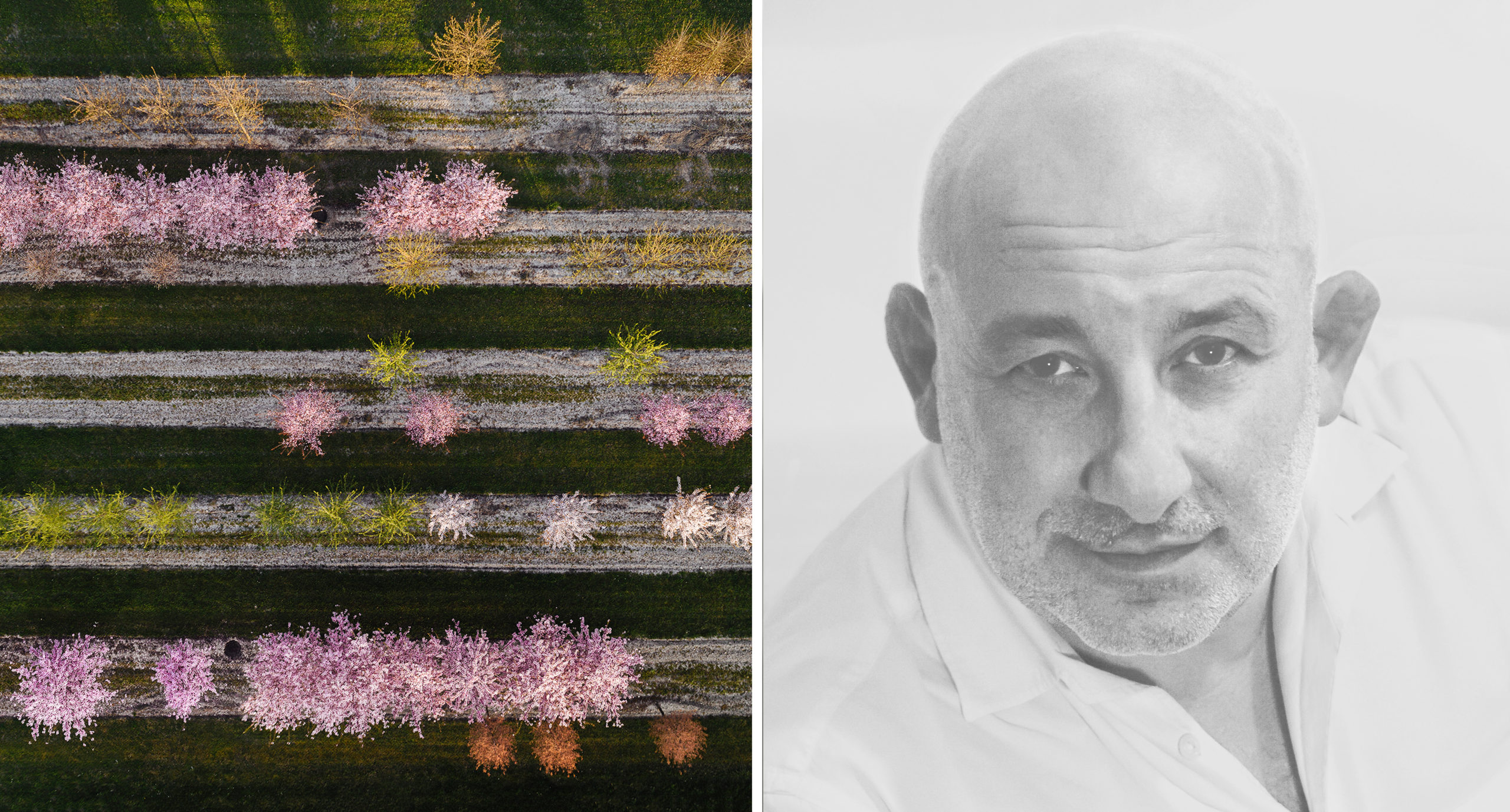
Jean-Marie Massaud is not the first Western designer to be influenced by Japan, a civilization with a centuries-old tradition of aesthetic thinking. But for him, the beauty of Japan is not just an academic interest; it is something that is deeply tied to his own memories.
15 years ago, in a meditative wood temple nestled deep in the forest outside Kyoto, Jean-Marie asked his partner to marry him. They were later married in this same building, and the memory of this rainy afternoon stays with him always, a reminder that even the most beautiful places on Earth can become even more beautiful if they are tied to significant personal associations. “Creating,” he says, “is the idealization of feelings and memories.”
Andreas Diefenbach
The Taiga

Andreas Diefenbach’s Place of Memory is actually somewhere he constructed in his imagination. He has never been to the taiga, or boreal forest, but he grew up hearing stories about this region from his uncle, who had lived near Lake Baikal in Siberia. As a child, he imagined ice fishing, hunting and searching for mushrooms in the snowy, frozen landscape.
For Diefenbach, the snow-covered forest symbolizes warmth, familiarity and a way of life he associates with his forebears (now based in Germany, Diefenbach grew up in Kazakhstan). Whether he ever really lived this lifestyle is beside the point. “For me, the truly fantastic spaces are those we build in our dreams,” he explains.
Antonio Citterio
The Engadine Valley, Switzerland
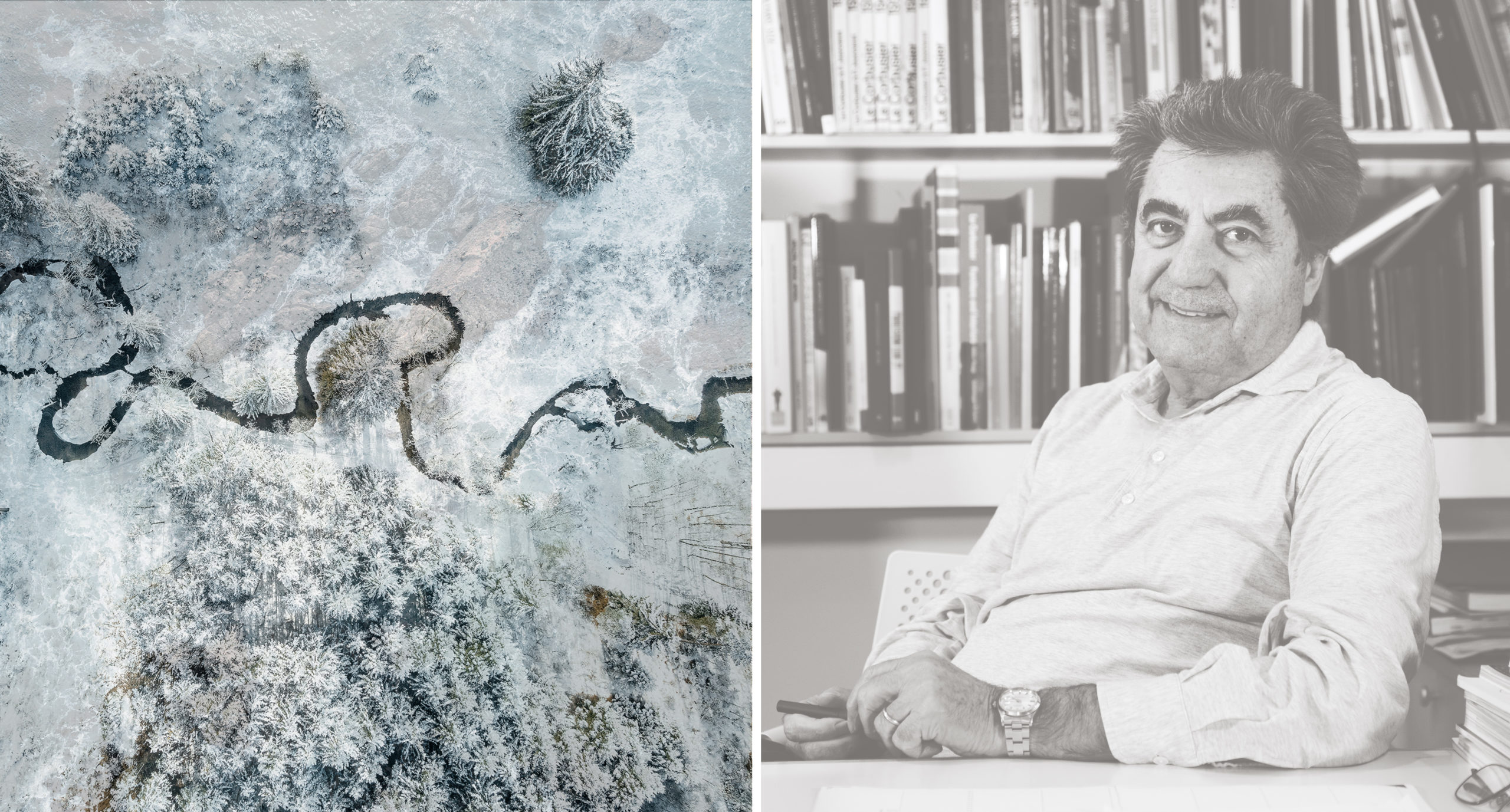
Antonio Citterio’s design practice is based in Milan, a bustling and avant garde metropolis that contains everything a designer could ever want. While he loves the city, his mind often drifts to his second home in St. Moritz, a picturesque town in the mountains of Switzerland’s Engandine Valley.
St. Mortiz is surrounded by the kind of natural beauty that can only be faintly represented in photographs, with mirrored lakes, 10,000-foot mountain peaks and bright orange larch forests. For Citterio, the most important thing about St. Moritz is that it’s home. His children were born in St. Mortiz and every winter the family spends Christmas here. As he puts it, “the most important place is the family.”
Edward Barber and Jay Osgerby
Holy Island, Wales
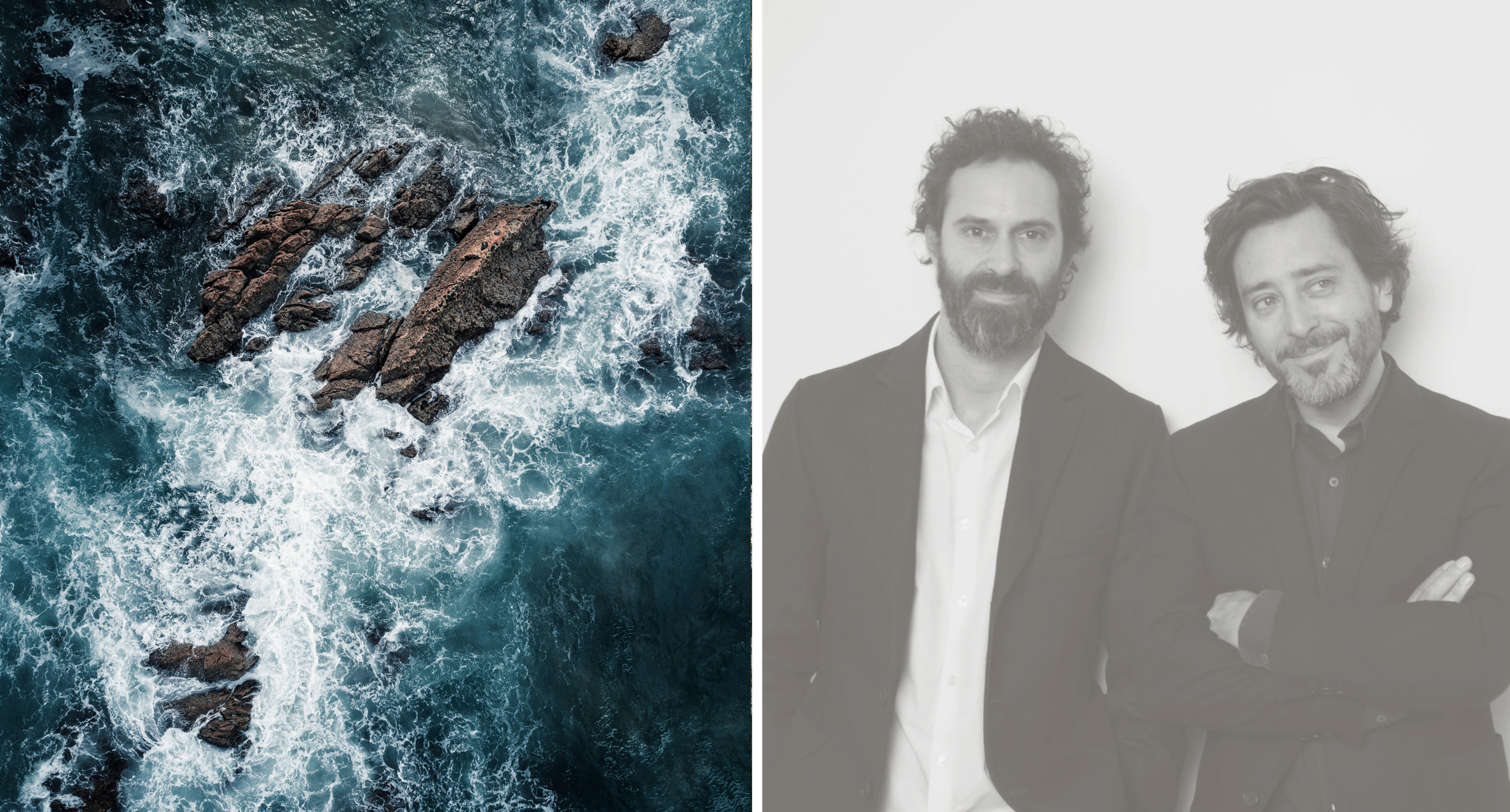
Barber and Osgerby have been at the forefront of industrial design in Britain for almost 25 years, with designs now held in the collections of the V&A Museum, The Met and other esteemed permanent collections. Their designs are minimal, modern and perfectly suited to their London base. And yet, the duo feel most at home in their small cottage in Trearddur Bay, on the west coast of Holy Island in Wales.
Holy Island, which faces the Irish Sea, is known for its temperamental weather and tides. A fierce storm will suddenly give way to a gush of sunlight. It is precisely this fickle quality of the island that attracts Barber and Osgerby, who find the toggling between upheaval and calm a fitting companion to their own creative process.
To learn more about these renowned designers’ Places of Memory, head this way, and don’t forget to follow AXOR on Instagram.






